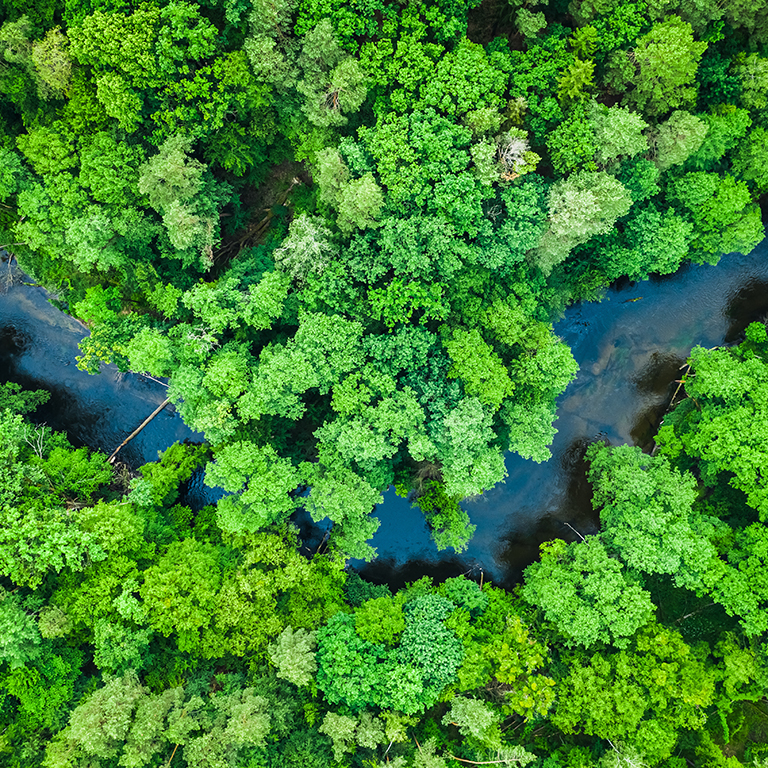Since 1990, wildfires have consumed an average of 2.5 million hectares a year across Canada, with around 7,300 fires occurring annually. These fires can ravage communities, destroy buildings and infrastructure, and even claim lives.
In our first episode of When faced with fire, a three part podcast series where we explore Canada’s wildfire risk, Ritch Seely, managing director of consulting solutions within Marsh Advisory Canada, chats with George Fan, who is their lead consultant for natural catastrophe and climate risks. They give context to the rising prevalence of wildfires, explain the basic science behind them, and discuss mitigation strategies you can employ to better protect your business.
Stay tuned for upcoming episodes, where we will discuss the impacts of climate change on wildfire and potential insurance implications, ways to improve your business resilience, and how you can minimize wildfire associated disruptions.









